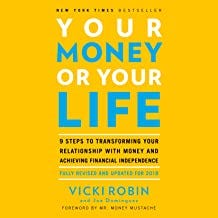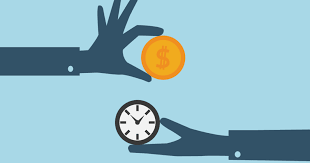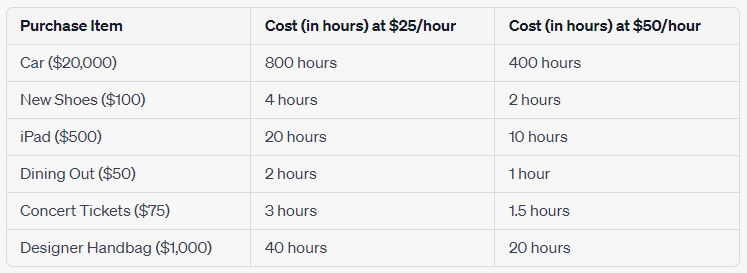Introduction
Money plays an indispensable role in our lives. It is how we buy the goods and services we need to survive and enjoy life. Yet, there's a critical aspect of money that often goes overlooked: the idea of 'life energy'.
This concept, introduced in the seminal personal finance book, "Your Money or Your Life" by Vicki Robin and Joe Dominguez, provides a new perspective on our relationship with money.
Understanding Life Energy
So, what is life energy?
Life energy is essentially the time and vitality we expend to make a living.
Every hour we work represents a portion of our life energy traded for a paycheck. This energy is finite – once spent, it can't be regained.
It's a precious resource, yet many of us spend it without much thought, just as we do with the money we earn.
The Real Cost of Making a Living
The process of making a living involves trading our life energy for money. However, the real cost of this trade-off often goes beyond the obvious. We sacrifice time that could be spent with family, friends, pursuing hobbies, or simply relaxing.
Our health can also be impacted by long hours or stressful work environments. Essentially, each dollar earned and spent carries a hidden cost in terms of life energy.
The Dalai Lama, when asked what surprised him most about humanity, he said:
“Man. Because he sacrifices his health in order to make money.
Then he sacrifices money to recuperate his health.
And then he is so anxious about the future that he does not enjoy the present;
the result being that he does not live in the present or the future;
he lives as if he is never going to die, and then dies having never really lived.”
The Role of Consciousness in Spending
Recognizing the life energy cost of money can fundamentally change our spending habits. Instead of viewing purchases solely in terms of dollars and cents, we can start to see them as investments of our life energy.
This shift can lead us to make more conscious, intentional decisions about what we buy. For instance, considering the hours you worked to afford a new gadget might make you reconsider its value.
Here is an example of the cost of things we buy in terms of time rather than dollars:
Think of the last major purchase you made. How long did you have to work in order to earn that much money? Now looking back, was it work it?
Re-evaluating Our Relationship with Money
Embracing the life energy concept encourages us to view money from a new angle. Instead of just a means to buy things, money becomes a representation of the time and vitality we've expended.
This perspective can motivate us to align our spending with our personal values and life goals, leading to greater satisfaction and fulfillment.
Practical Steps to Apply the Life Energy Concept
How can we put the life energy concept into practice? Start by determining your real hourly wage, factoring in not just work hours but also commuting time, job-related expenses, and the impact on your health and well-being. Then, when considering a purchase, think about how much life energy it costs.
This simple calculation can provide a powerful tool for making more mindful spending decisions.
Benefits of Applying the Life Energy Concept
Applying the life energy concept can bring profound changes. It can lead to greater awareness of your spending, a better alignment of your finances with your values, and ultimately, a more fulfilling life.
Moreover, it is a stepping stone towards achieving financial independence, a state where your savings and investments generate enough income to cover your living expenses.
Conclusion
The concept of life energy challenges us to rethink our relationship with money. It urges us to consider the real cost of our spending in terms of the time and vitality we trade for it.
By becoming more conscious of this exchange, we can make spending decisions that better align with our values and enhance our overall life satisfaction.
So, next time you're about to make a purchase, ask yourself: "Is this worth my life energy?" The answer might surprise you.





